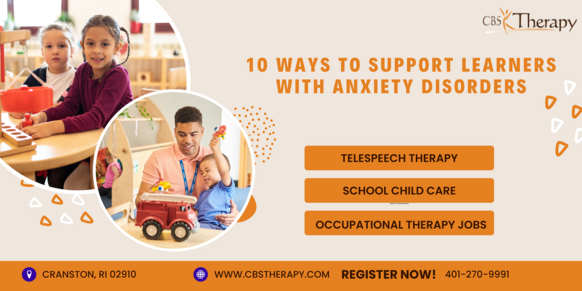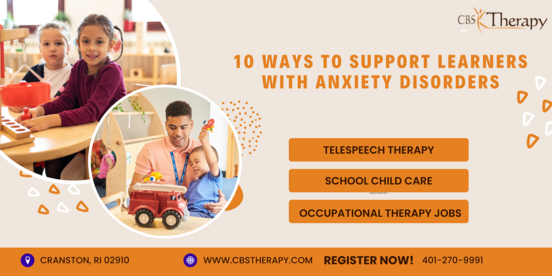When it comes to providing quality healthcare, having adequate staffing is crucial. A case in point is speech therapy, which requires specialized training and expertise.
Here, we’ll define speech therapy staffing, explain its importance, and examine its benefits.
Qualifications Required for Speech Therapists
Speech therapists sometimes referred to as speech-language pathologists (SLPs), are required to have a master’s degree in speech-language pathology.
They must also hold certification from the American Speech-Language-Hearing Association (ASHA) and be licensed by the state in which they practice.
Specialization and experience can also play a role in determining qualifications for speech therapists.
Importance of Adequate Speech Therapy Staffing
Having adequate speech therapy staffing can have a significant impact on patient outcomes. Speech therapy can help patients with various conditions, including speech and language disorders, cognitive impairments, and swallowing difficulties.
Without proper staffing, patients may not receive the care they need promptly and effectively. Adequate staffing can also improve healthcare facilities’ overall quality of care, ensuring that patients receive the attention they require.
Benefits of Hiring a Speech Therapy Staffing Agency
One way that healthcare facilities can address these challenges is by working with a speech therapy staffing agency.
These agencies specialize in recruiting and placing speech therapists in various settings, including hospitals, rehabilitation centers, and schools.
Both school speech therapy staffing agencies and outpatient speech therapy staffing agencies can provide access to a pool of qualified candidates and can help reduce recruitment and training costs.
Working with a speech therapy staffing agency can also provide flexibility in staffing, allowing facilities to adjust their staffing levels as needed.
Speech Therapy Staffing Models
Healthcare facilities can use several different staffing models for speech therapy staffing. In-house staffing involves hiring speech therapists directly as employees.
Contract staffing involves working with a staffing agency to provide temporary or permanent staff.
Hybrid staffing involves a combination of in-house and contract staffing. As with any model, there are advantages and disadvantages, and facilities should choose the model that best suits their needs.
Impact of Speech Therapy Staffing on Healthcare Facilities
Adequate speech therapy staffing can have a positive impact on healthcare facilities.
It can lead to improved patient satisfaction, higher productivity, and better financial performance.
Providing high-quality speech therapy services can also help facilities stand out from their competitors, attracting more patients and increasing revenue.
Best Practices for Managing Speech Therapy Staffing
To ensure the success of speech therapy staffing, healthcare facilities should follow best practices for managing their staff.
This includes regular communication with the staffing agency, a collaborative approach to staffing, and ongoing training and development for speech therapists.
Conclusion
Speech therapy staffing is an important aspect of healthcare that should not be overlooked. Working with a speech therapy staffing agency can provide access to a pool of qualified candidates and reduce recruitment and training costs.
By following best practices for managing staff and choosing the right staffing model, healthcare facilities can provide high-quality speech therapy services to their patients.
If you are looking for SLP-CF jobs in RI, reach out to a speech therapy clinic in Rhode Island to learn more.

